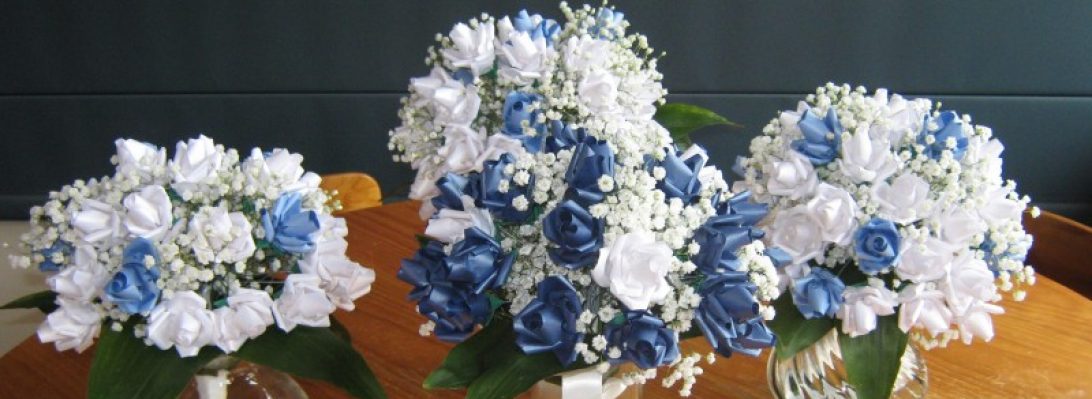As part of my 5-Aussie Animal series, I present my Glossy Black Cockatoo:

As an endangered species, I am thrilled to be able to have a go at representing it in Origami. Reference images of the Cockatoo show it has a striking red flash in it’s tail features in an otherwise black bird.

Folding this model has shown me how hard it is to photograph such intense black paper.
Folded from a 60cm square of black Kozo with sugar cane inclusions – the resultant model has flecky shiny deep black, and is quite gorgeous. I rendered the red flash with red Kozo containing mango leaves – I laminated strips over the pleated tail feathers and am really happy with the result.
I decided to go with a “about to land” pose, so fashioned a wire stand with a ground outline shape that is meant to mimic the outline of the shadow of the landing bird – I think it works – what do you think?

After a lot of research looking for cockatoo origami diagrams, I found a diagrammed sequence designed and diagramed by Arthur Champigneul in the 2022 Origami de Bogota conference proceedings – this design forms the basis of my model – I have added some features and shaping to more closely align to the Glossy Black Cockatoo.
Continue reading

















